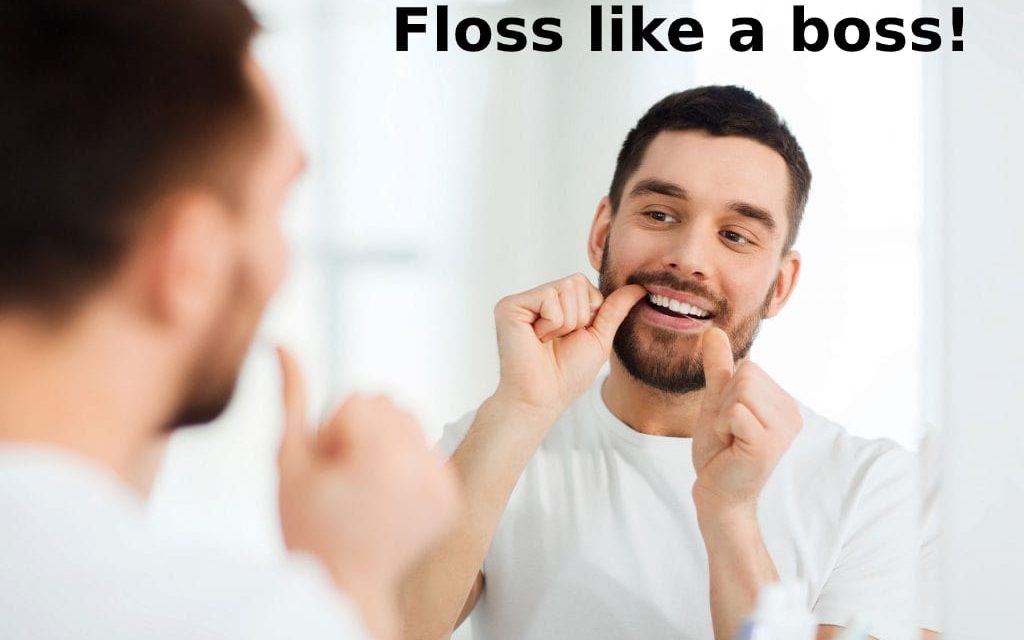Ever wondered why your dentist asks about your flossing habits during every dental check-up? Or thought why restaurants serve toothpicks with the checks? It is because every time after a meal lot of gunk gets stuck on to the teeth.
Debris accumulates around your teeth including the interdental area; space between teeth. This debris hardens to form plaque which contains bacteria that cause caries, gum infections, bleeding gums and bad breath!
Brushing helps in cleaning teeth but somehow misses the interdental area.
Flossing is one way to clean between your teeth. It involves wrapping a piece of soft string which can be either nylon/ synthetic around your fingers and navigating it up and down between the teeth and below the gum line. This removes the debris and plaque containing bad bacteria.
Depending on the teeth and spaces between them there are various types of flosses available.
There are two main types of flosses
- Manual
- Mechanical
Manual floss
These are made of synthetic, Nylon or Teflon. Some are waxed and mint coated to give you squeaky clean and fresh feel. When you run the floss between your teeth the floss dislodges the food particles attached in between the teeth and keep the interdental area clean. Make sure you don’t force the floss into the gums or it may hurt your gums!
Types of floss you get see in the store are
- Tape
- Thread
- Super floss (for caps and long bridges)
- Unifloss (pre-attached to a handle)
Mechanical floss:
These are oral irrigators they are battery operated, chargeable or with mechanical pump incorporated. Water flossers work in combination of water pressure and pulsations. When you direct the flosser tip at your gumline and between your teeth, the combination of pressure and pulsations cleans away harmful plaque and food debris. There are some air flossers available as well; they work on similar principle without water. These flossers have in-built 2-minute cycle for complete oral cleansing. You can add diluted mouthwash in these water flossers for a fresh swish!
However in case of medium to wide interdental spaces there are other options to clean; like traditionally used wooden toothpicks and interproximal tooth brushes.
Depending on interdental spaces, orthodontic-braces, crown, bridge or implanted teeth various designs of floss are available. Oral health studies state that regular flossing is a terrific way to improve the overall brightness of your teeth. Some studies even suggest that one should floss first; you dislodge the particles and plaque so that the toothbrush can brush them away. A bright smile consists of healthy gums and cavity free teeth which is also the recipe for long lasting teeth.
A combination of proper brushing, flossing, good diet and regular visit to your dentist is a key to keep your Oral cavity healthy! Consult your dentist to know which is the right floss and flossing technique for you.


